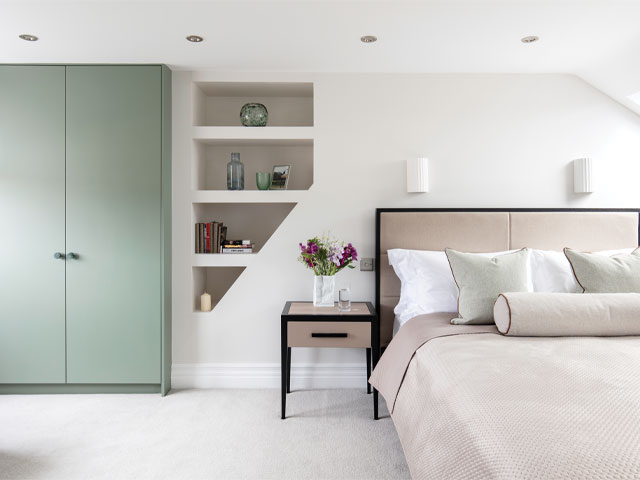
Image Credit: David Giles
16 common decorating mistakes and how to fix them
Are you making decorating mistakes in your home? If you’re unsure, read on…
Whether you’re revamping just one room or taking on an overhaul of your entire home, the pressure of making design decisions or not having the expert knowledge to pull things together can mean it’s common to make some decorating mistakes.
The trouble is, it can be frustrating and financially costly to put right the errors that are giving you the interior ‘ick’ in your newly renovated rooms.
“Decorating mishaps often happen because we’re so eager to see the finished result that we overlook the all-important planning stage,” explain Graham and Green owners, Jamie and Lou Graham.
“We often forget to step back and consider the bigger picture when decorating and consider how the room will be used in everyday life and it’s easy to get swept up by trends or quick fixes.
“That said, the most common decorating mistakes such as disjointed rooms or poor lighting choices, are surprisingly easy to fix.”
From not taking scale into account to making your room too ‘matchy matchy’, we spoke to the interior designers to share the decorating oversights they see time and time again and how you can avoid them before they happen, or put them right if they already have.
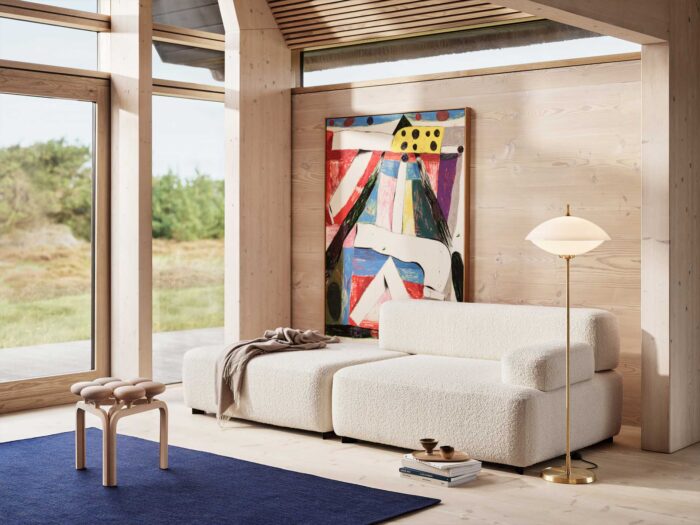
Decorating mistakes: not having a focal point
A focal point is a key element in any room – it draws the eye towards a particular feature, tying together the space and helping with cohesion.
“However, often a room has too many competing focal points, which looks cluttered and feels overwhelming, or lacks one entirely,” explains Lena Gierasinska, head of product and displays at Barker and Stonehouse.
Thankfully the mistake is easy to rectify via a piece of eye-catching artwork, a statement mirror placed above a fireplace or even furniture can act as a focal point.
“The key is to choose something in keeping with the look and style of the rest of the scheme,” explains Lena.
“But more dramatic than anything else within it so it effectively draws the eye.”
For rooms with too many focal points, she suggests moving some of these pieces to other rooms to avoid overwhelm.
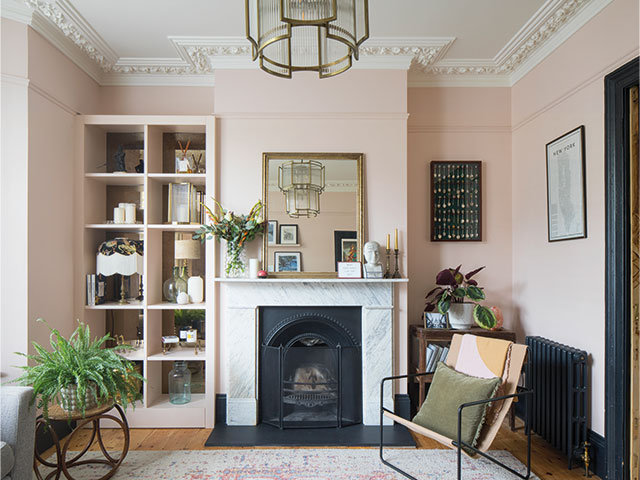
Skipping prep work
Whilst we all want to get redecorating done and dusted as quickly as possible, rushing can be your worst enemy.
It’s tempting to dive right in and hope for the best but skipping proper planning and preparation can often lead to costly mistakes.
“A step that is often overlooked is the need to clean walls before painting, it’s an essential step that ensures a smooth, long-lasting finish,” explains Molly Woodward-Moor, interior designer, and creative director at Stone Superstore.
“Over time, walls accumulate dust, grease, and dirt, especially in high-traffic areas like kitchens and hallways.
“If left uncleaned, these can prevent paint from adhering properly, leading to patchy, bumpy, or uneven results.”
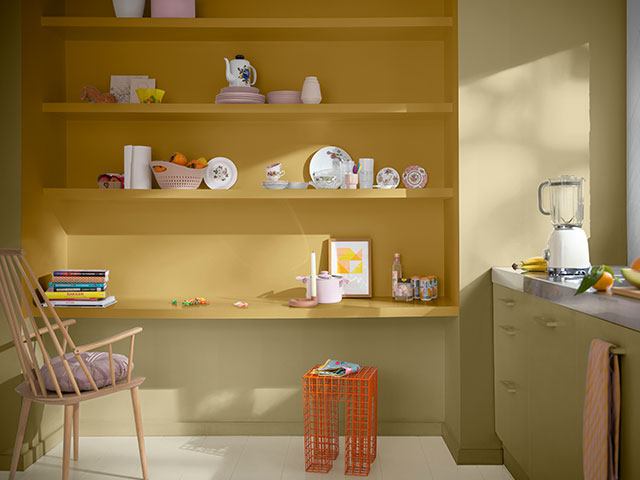
Decorating mistakes:making poor lighting choices
Lighting is one of the most instantly effective ways to set a mood in your interiors, and not paying attention to how you light your space can make even the most well-designed space feel uninviting or cold.
“To keep your space feeling cosy and welcoming, whilst also being well lit, consider layering your lighting sources,” advises Molly.
“Introduce task lighting for specific activities such as a lamp for reading, along with accent lighting such as wall sconces, fairy lights, or picture lights to add depth and interest to a room.”
Molly says lighting also provides a great opportunity to create zones throughout a room.
“For example, placing a floor lamp next to a reading chair creates a cosy nook and using table lamps on side tables add warmth to seating areas.”
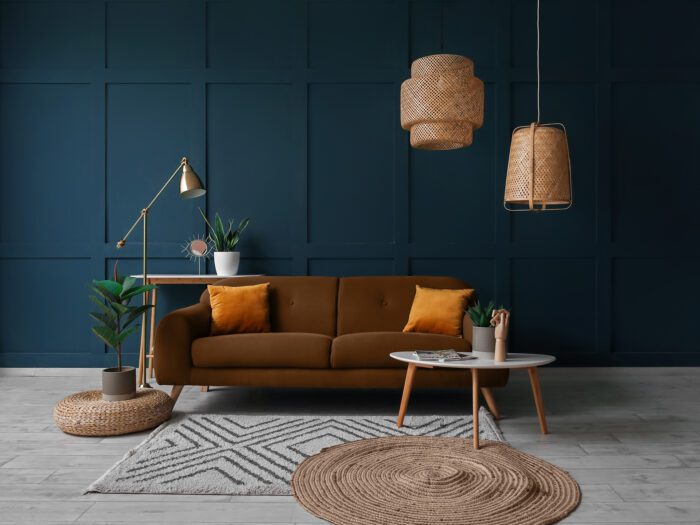
Not choosing a dining table to fit the space
According to Chloe Barrow, an interior expert at Laura James, a dining table that’s too large can make a room feel instantly cramped and cluttered, while one that’s too small can look lost.
“The key is to find a table that’s proportionate to the room and allows for comfortable dining without feeling like you’re going to bump into something as you pull your chair out, or that you’ve got an uneasy amount of leftover space behind you,” she explains.
To avoid the mistake in the future when selecting a dining table she recommends always measuring the size of the room, considering the number of people who will be dining regularly and the desired seating arrangement.
“If you’re still unsure, you can opt for an extending dining table which adapts extremely well to varying needs and spaces,” she adds.
“This is a great option for those moving house or who only need more dining space for occasional guests.”
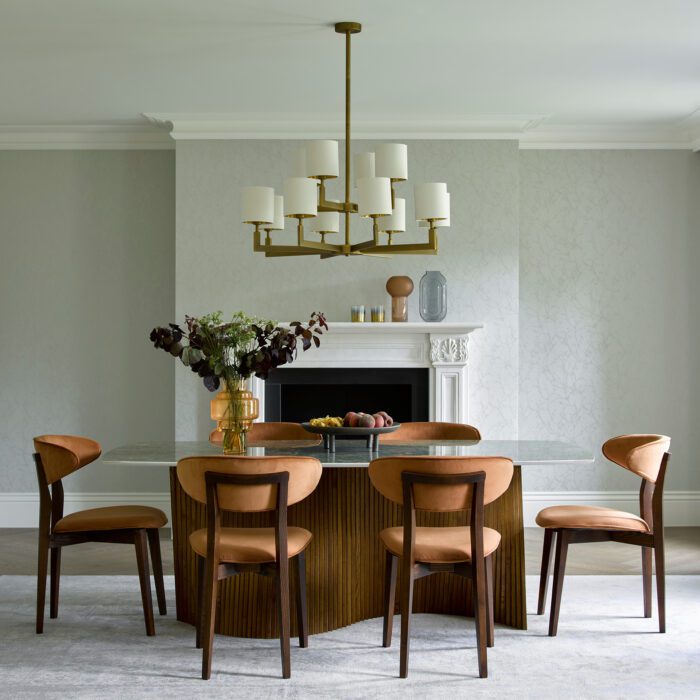
Pushing all furniture against the walls
When furnishing an empty room, the logical thing might seem to put your furniture against each wall, in order to keep the room feeling spacious.
But doing this often makes for an awkward layout with too much empty space in the middle of the room.
“Pushing all furniture against the walls is a common decorating mistake that often stems from the belief that it will make a room appear larger,” explains Kate Palmer, creative director, The Painted Furniture Company.
“In reality, this arrangement can leave the space feeling uninviting and lacking in intimacy.”
Instead, floating furniture away from the walls helps create more dynamic and engaging layouts, fostering conversation and making the room feel more balanced.
“For instance, placing sofas and chairs closer together in the centre of the room can establish cosy zones to chat, while an area rug can serve as an anchor to visually define the seating arrangement,” Kate adds.
“This approach also leaves the walls free for additional decor or storage, enhancing the room’s functionality.”
To prevent this mistake in the future Kate advises considering how the space will be used.
“Start by identifying a focal point, such as a fireplace, TV or large window, and arrange furniture around it to encourage interaction,” she says.
“Use tools like masking tape to outline the footprint of furniture groupings, ensuring they fit well without being pushed to the perimeter.
“Remember, empty space between walls and furniture isn’t wasted — it creates breathing room, making the design feel planned and sophisticated.”
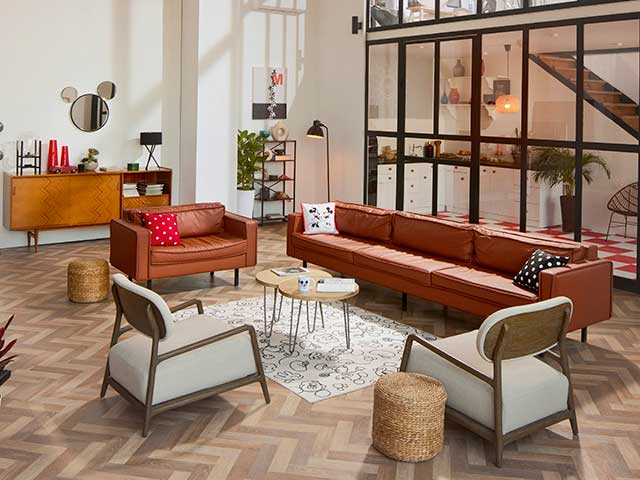
Removing original features or overspending to preserve them
Homeowners sometimes make the mistake of either removing charming original features that add character or spending excessively to preserve them when it’s not practical.
“Before making decisions about original features, consult with an interior designer to assess their condition and value to the overall design scheme,” advises Claire Garner, director, Claire Garner Design Studio.
“A designer can provide guidance on which features are worth preserving and integrating into the new design, and which can be replaced or updated more cost-effectively.”
Missing opportunities to bring in more light
Many renovators overlook the potential to increase natural light during home makeovers, resulting in spaces that feel darker and less inviting than they could be.
Claire suggests maximising natural light by considering window placements, adding skylights, or even opting for glass doors where appropriate.
“An interior designer can help you identify opportunities to enhance natural light, making your space feel brighter and more spacious,” she adds.
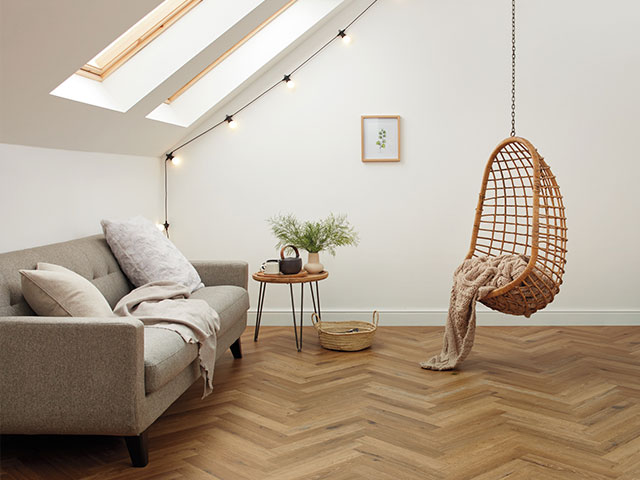
Choosing the wrong colour
A poorly chosen colour can drastically alter the mood of a room, but often a hue that looks great at first can appear too bright or dull when its painted onto the walls.
“If the colour doesn’t work, repainting it is the most obvious solution,” advises interior design expert Ryan McDonough at MyJobQuote.co.uk.
“Alternatively, you can introduce accessories such as rugs, curtains or artwork in complementary colours to help neutralise the dominant colour.
“Additionally, painting a single accent wall in a contrasting colour can add drama and visual interest.”
To avoid this in the future, Ryan recommends painting large swatches on the wall and observing them in different lighting conditions throughout the day.
“Also, consider consulting in a professional colour consultant who can help you choose the right colours to complement your style and the overall aesthetic of your home,” he adds.
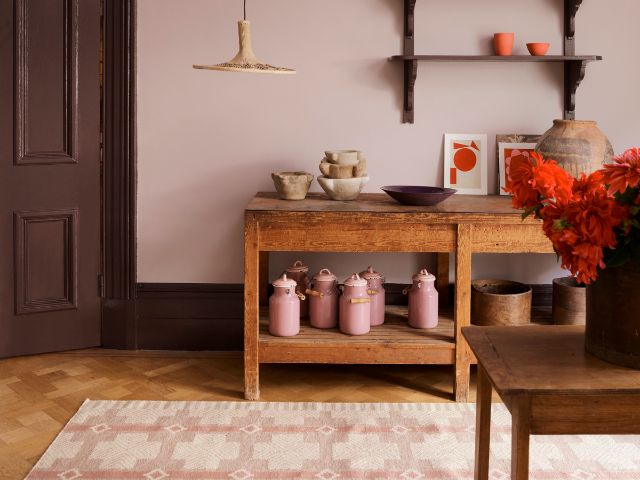
Lack of cohesion
A lack of cohesion can make a space feel disjointed and chaotic.
This can happen when you mix incompatible styles, patterns, or colours.
“Consider introducing a unifying element such as a recurring pattern, common colour palette, or a specific style that can tie the room together,” advises Ryan.
“A focal point, such as a piece of artwork or a fireplace, can draw the eye and unify the space.
“Also, decluttering can help create a more streamlined look.”
When a room doesn’t feel cohesive, Flora Hogg in-house interior designer and colour consultant at Craig & Rose, suggests taking a step back to assess all its elements, from the paint colour to the sofa, rug, and décor.
“Approach it like you’re building a mood board: ask yourself if the colour palette feels cohesive or at least complementary,” she advises.
“Consider whether the materials and soft furnishings align with the overall vibe you’re aiming for.
“Use decorative accents, like artwork, lighting and accessories to tie in any ‘non-negotiable’ pieces, helping to create a harmonious balance throughout the space.”
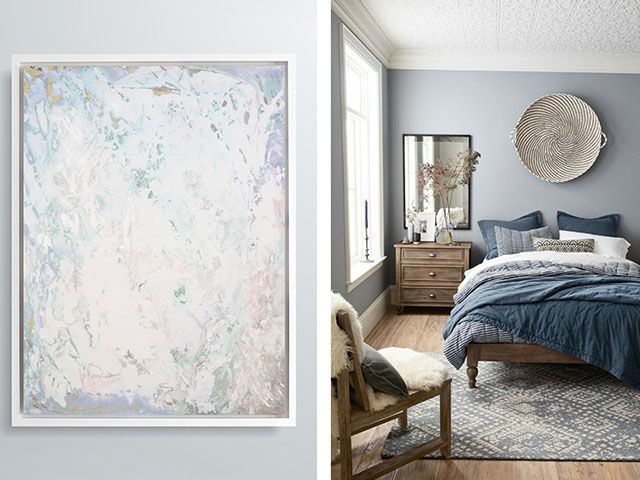
Having too much stuff
Too much clutter can make a space feel cramped, chaotic, and overwhelming.
Ryan suggests donating, selling or discarding some items that you no longer use or need.
“Make good use of storage solutions such as baskets, shelves, and boxes to keep things organised,” he continues.
“And assign specific zones for different activities such as a reading nook or a workspace.”
To avoid this issue in the future, Ryan advises being mindful when you are shopping.
“Decide if you truly need the new item and if it will add value to your space,” he explains.
“Schedule regular decluttering sessions to keep your home organised.”
Flora suggests hiding away some of your trinkets then bringing them out for a styling refresh.
“I love curating my home every few months, focusing on items that are functional or hold personal meaning,” she says.
“Not everything needs to be on display at once – it’s perfectly fine to keep items in the cupboard and rotate pieces throughout the year.
“This approach not only keeps your space from feeling fresh but also serves as a natural exercise in decluttering.”
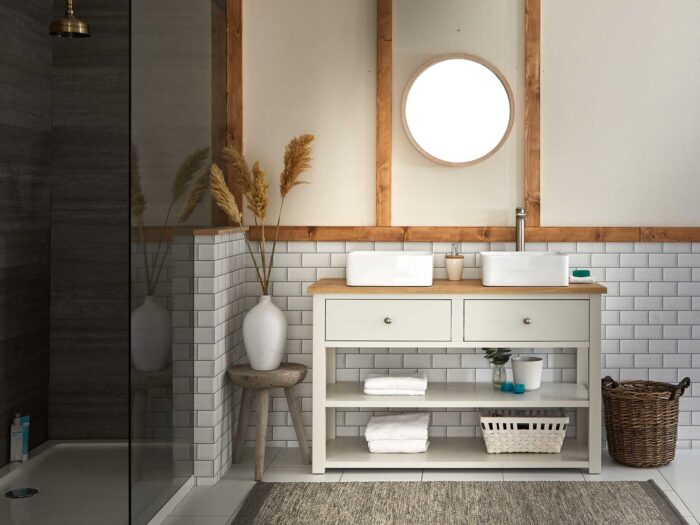
Ignoring scale and proportion
Oversized and undersized furniture can disrupt the balance of a room, making it feel awkward and uncomfortable.
“It is important to consider the scale and proportion of furniture pieces in relation to the room’s dimensions,” advises Ryan.
“Measure your space accurately, including the height of the ceilings, width of the doorways and the distance between walls and choose furniture that is proportionate to the size of the room.”
Before purchasing the furniture, Ryan suggests creating a floor plan so you can visualise how the pieces will fit together.
“Mixing furniture of different sizes can help to add visual interest to the space,” he continues. ”Just make sure you balance the proportions.”
When selecting furniture, Ryan recommends starting with the largest pieces and then work your way down to the smaller pieces.
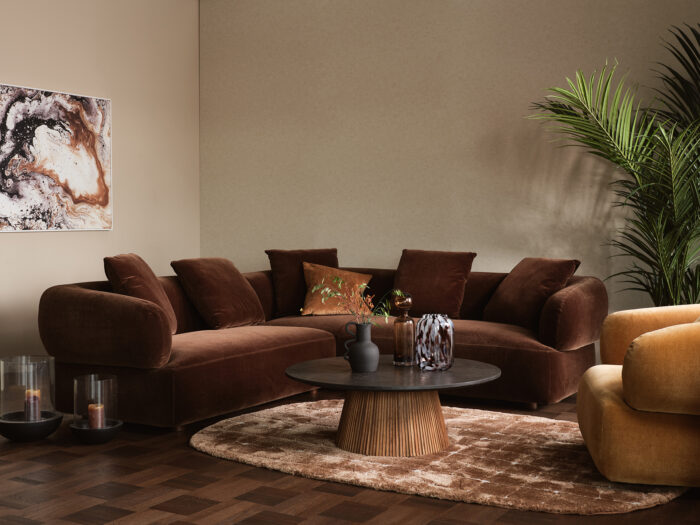
Decorating mistakes: overlooking texture
Texture can help to add interest, depth, and visual warmth to a space. It can transform a room from flat and boring to dynamic and inviting.
“Consider combining textures to create visual interest,” Ryan says.
“For example, you could pair a velvet sofa with a linen throw pillow or a wooden coffee table with a plush rug.
Natural materials such as stone, wood, and leather can add warmth and authenticity to a space.
“Textured walls, such as wallpaper with a raised pattern or a textured paint finish can add depth and dimension to a room,” Ryan continues.
“Accessories like textured throw blankets and woven blankets can add visual interest to a space.
“Don’t be afraid to mix different textures to create a layered and interesting look,” Ryan adds.
“The choice of textures should complement the overall style and atmosphere of the space.”
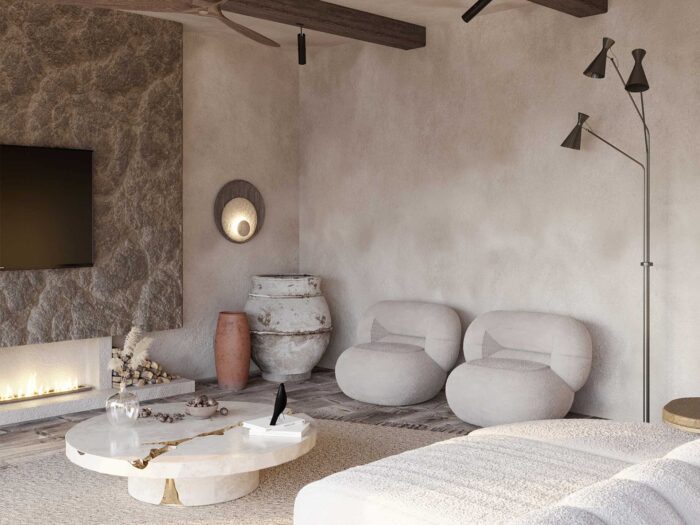
Forgetting the fifth wall
fireThe ceiling is often overlooked and it can have a significant impact on the overall aesthetic of a space.
By paying attention to the ceiling, you can elevate your interior design.
“Consider painting the ceiling in a bold, contrasting colour to create a dramatic and eye-catching effect,” Ryan suggests.
“Painting a dark ceiling in a room with white walls can create a cosy and inviting atmosphere.
Alternatively, paint the ceiling in a lighter colour to make the room feel more spacious and airy.”
Mouldings can add elegance and sophistication to a room. “Consider adding crown moulding, cornice moulding or ceiling medallions to elevate the look of the space,” Ryan continues.
“A statement ceiling can be a focal point in the room.
“You could consider using wood panelling, wallpaper, or even a mural to create something completely unique and personalised.”
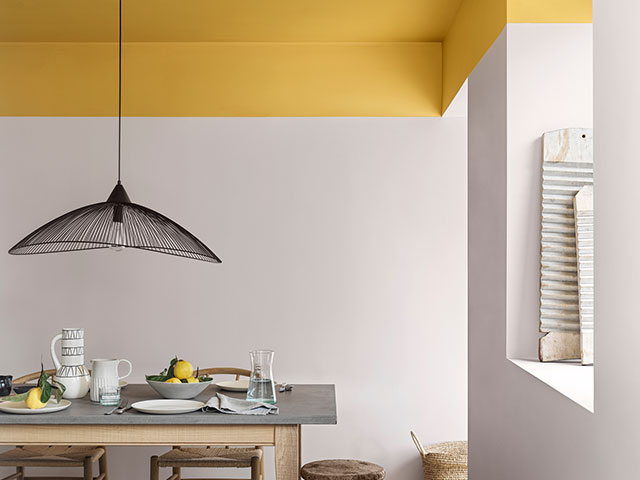
Decorating mistakes: not considering ergonomics
Ergonomics is crucial for creating a comfortable and efficient space.
Poorly designed seating arrangement and inadequate workspaces can lead to discomfort, fatigue, and even long-term health problems.
“Invest in ergonomic furniture,” advises Ryan. “Choose chairs with adjustable height, lumbar support and armrests to promote good posture and reduce strain on your neck and back.
“If you have a desk, ensure it is at the right height to avoid straining your neck and shoulders.
“If you don’t, incorrect posture can lead to back pain, neck pain, and headaches.”
Choosing the wrong size curtains or blinds
“In a rush to get their home perfect, one thing we sometimes see is people mis-measuring when ordering blinds or curtains,” explains Chloe Dacosta, design manager at Blinds 2go.
Some common things to remember when measuring your blinds to avoid any mistakes are:
- Are you measuring for recess or exact?
- Use a metal tape measure
- Consider things such as radiators when deciding on your overlap at the bottom
- Always get a second opinion to check your measurements
“We’re aware that mistakes happen, which is why we offer customers the chance to get a SureSize guarantee,” adds Chloe.
“This means if anything goes wrong with measuring, we’ll replace their blind with a new one at the right size.”
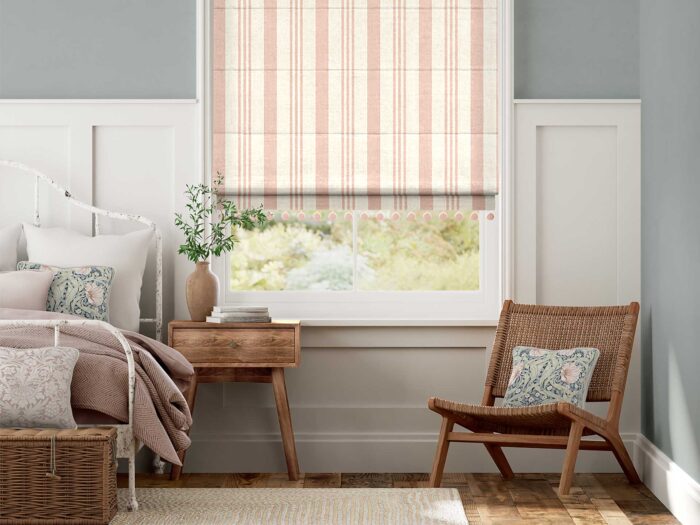
Neglecting the hallway
Often overlooked, hallways are often the first part of your home that a guest will see.
“Many people either neglect this space, leaving it completely empty whilst others fill it with clutter,” Lena explains.
She suggests creating a welcoming entryway and making a style statement with a striking piece of artwork or furniture.
“Storage will keep the space clean and tidy so choose a sleek console or sideboard ,” she adds.
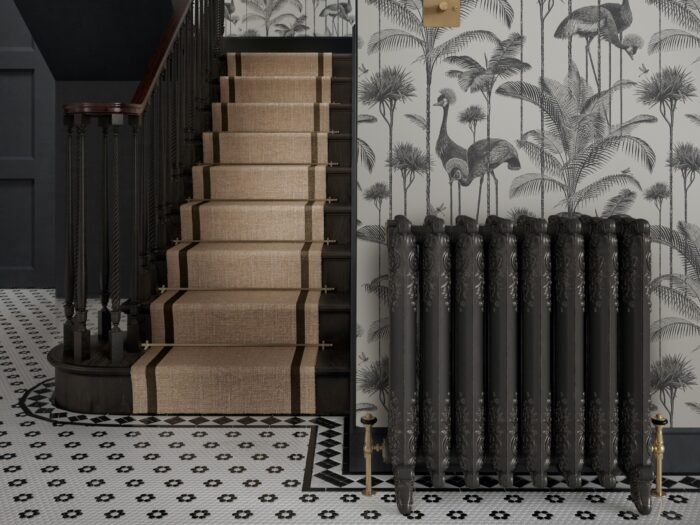
Looking for more interiors inspiration? Take a look at Clever tricks to makeover your home in the time you have or 8 ways to embrace Godfather interiors
READ MORE:




